Kudzu is known as the plant that smothered The South. It leaves the impression that if you fell asleep in a lawn chair at noon by supper time you would be covered by Kudzu. Driving or hiking through places like North Carolina one can see steep hillsides thickly blanked with the large, herbaceous vine. But it is the botanical beast it’s purported to be?
Important to us is that nearly the entire plant is edible: Leaves, growing tips, grape-scented blossoms, young roots and older root starch. Only the seeds are not edible by humans. However the plant does support wild life and domestically goats are particularly fond of it. Turning Kudzu into goat products is profitable, tasty and sustainable. While Kudzu can be a local problem its invasiveness has been exaggerated by regional writers.
Kudzu was first championed during the Dust Bowl Era because it was the prime plant for fighting erosion. Folks were paid to sow it on their land (no complaining then.) About a million acres were planted in the next 20 years then the program ended. Kudzu meanwhile had worked its way into southern novels and folksy observations. It became a southern cliche. In reality Kudzu occupies about one tenth of one percent of the South’s 200 million acres of forest, or 227,000 acres. Asian Privet, which is rarely commented on by anyone, occupies some 3.2 million acres, 14 times that of Kudzu. The vine is spreading but at a thousandth-something rate of around 2,500 acres a year. And in time it might be significantly reduced: Six years ago a Japanese Kudzu bug was found in a garden in Atlanta (a city which is six times the size of the Kudzu infestation.) The bug was a stowaway on some plane. It is now successfully devouring Kudzu. In one test site it ate a third of the Kudzu in two years. In decades to come Kudzu might be but a bucolic memory, a quaint reference to how it used to be. To read more about Kudzu, go here.
I’ve never met a bad wild apple. There are sweet ones — edible off the tree — and there are bitter ones, often very good after roasting like a root vegetable. Nearly all apples are edible and are clones, well, at least commercial apples are clones. The experts tell us no two apple seeds are exactly alike. Granny Smith apple seeds will not product a Granny Smith apple. The first Granny Smith apple tree was a unique tree and was cloned, as were all the other named apples we buy in the store or grow at home. Cloning might not be exactly the right term: Cuttings were taken from that tree and grafted on to other apple trees. That’s why it took nearly a century for the Granny Smith apple to get from Australia to our markets in the United States.
What I noticed as a boy was the great variety of apple trees there were around the fields, old homesteads, and roads where I grew up. Near the house, where our horses could raid it, was an old small wild apple that had green fruit tasting tart to bitter. We made pipes out of the wood. But, the apples cooked well and the horses liked them as is, right off the tree with a few leaves. Just outside their fence there was a large (I suspect cultivated) tree with apples that tasted similar to a Golden Delicious. Across the dirt road from the house were five apple trees by the road, offspring of a tossed apple core and subsequent generations.
I thought of these while hiking in North Carolina earlier this month. Feral apple trees were common and good. I harvested apple every time I saw a tree. Not one tree looked as if anyone had bothered to collect any apples from them (low-hanging fruit was still low-hanging.) This latter observation is perhaps the most telling. Humans have been eating apples for some seven thousand years. They are one of the best known foods even among people who never forage. It is difficult to think of a food more recognizable than apples yet they remained unharvested. Even ardent must-get-back-to-nature types leave them alone. To read more about apples, go here.
Elevation makes a difference. While hiking through the Blue Ridge Mountains I noticed poison ivy didn’t like to grow over 4,000 feet or so. That made getting off the trail easier but timber rattlesnakes were happy to take poison ivy’s place. Saw one up close and personal. It was well-fed. We also helped rescue a fellow with a broken leg, which is another story for another venue. When you go up you go towards colder weather which influences plants and animals. On top of Roan Mountain on the North Carolina-Tennesse border blueberries were just in season (and totally unpicked.) Blackberries were fruiting as well, and also unpicked with many drying in place. Following the modern call of the wild does not seemingly include knowing the plants around you.
Young sheep sorrel was just beginning to grow in mid-August and I even found luscious chickweed just starting to blossom. Said another way elevation can extend harvest seasons. I am often asked which plants are edible along the Appalachian Trail. I answer with three questions: Which way are you hiking (north or south) what time of year, and at what elevation? Flatland foraging is elevation static; mountainous foraging is dynamic.
Upcoming foraging classes:
Saturday, September 5th, Colby-Alderman Park: 1099 Massachusetts Street, Cassadaga. Fla. 32706, 9 a.m.
Saturday, Sept 12th, Red Bug Slough Preserve, 5200 Beneva Road, Sarasota, Fla, 34233. 9 a.m.
Saturday, Sept. 19th, George LeStrange Preserve, 4911 Ralls Road, Fort Pierce, Fla, 34981. 9 a.m.
Saturday, Sept. 26th, Spruce Creek Park, 6250 Ridgewood Ave. Port Orange, 32127. 9 a.m.
For more information about classes go here.
Need to identify a plant? Looking for a foraging reference? Maybe you have a UFO, an Unidentified Flowering Object, you want identified. On the Green Deane Forum we — including Green Deane — chat about foraging all year. And it’s not just about warm-weather plants or just North American flora. Many nations share common weeds so there’s a lot to talk about. There’s also more than weeds. The reference section has information for foraging around the world. There are articles on food preservation, and forgotten skills from making bows to fermenting food. Recent topics include: Sweet And Toxic, Neat Stove Idea, Cordage Plants Video, Small Weed?, Preetty Flower Edible?, Lawn Weed? Weeds of NJ. and Vine ID Please. You can join the forum by clicking on the button on the upper right hand side of this page.
This is newsletter 174.

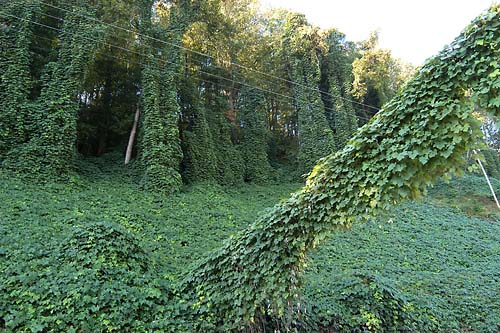
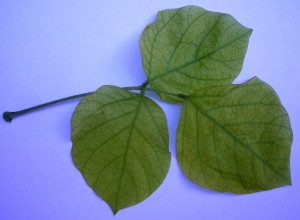
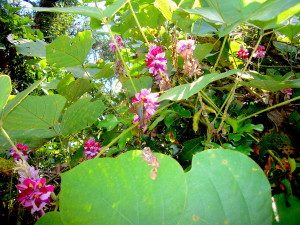
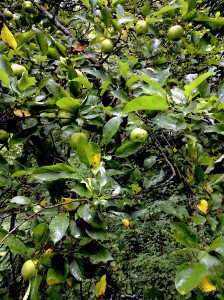
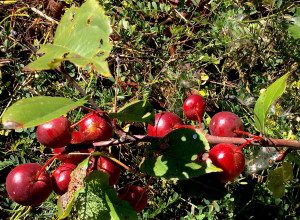
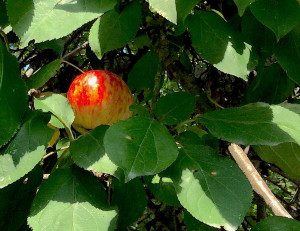
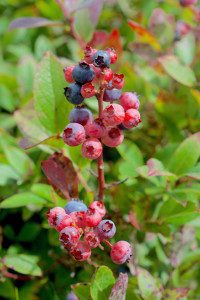
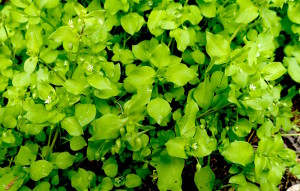
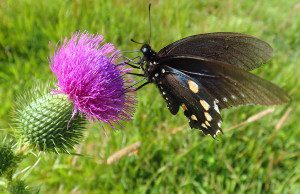
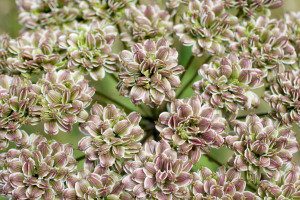

This new version of Word Press turns off comments. While I have checked the box to turn comments on they are not turning on. It is a cause of a bad upgrade. Working on it. Meanwhile you can comment on the Green Deane Forum, to the upper right.
Glad to receive the 174th issue of Eattheweeds Newsletter – how grateful Iam. I feel joyful when I look at the image of this lovely “ Butterfly foraging for nectar in the thisle “.This same morning I’m happy to observe some butterflies of the same beautiful species hovering around while I’m doing my job – sorry I mean my hobby of watering the plants in my home garden. May be a bit later I’ll forage for flowers of Spotted Knapweed ( Centaurea maculosa ) which I suppose look the same as that of the thisle in the image. I’ve found them last year after the end of our rainy season and expect to find them again this year.